Today we will travel at the Sixth Medieval City of Delhi. So let's know a brief history of this place.
Babur:
Babur ascended the throne at the age of twelve in 1494 at Akhsikent, the capital of Fergana (in present-day Uzbekistan) and faced a rebellion, which he later defeated.The Afghan nobility invited Babur to invade India from Kabulistan. On 20 April 1526, Ibrahim Lodi, the last ruler of Lodi dynasty, faced Babur's Mughal army. A large army of Ibrahim was defeated in the battle of Panipat and he was killed in battle. This is the end of Delhi Sultanate and the beginning of Mughal Empire in Delhi.
Babur died at Agra on 26 December 1530.
Humayun:
Babur's son, Humayun ascended the throne on 26 December 1530. He built his city Dinpanah (now Purana Qila) in Delhi.Humayun was defeated by Sher Khan in the Battle of Chausa. Humayun was again defeated by Sher Shah at the Battle of Kanauj on 17 May 1540, forcing him to leave India for Lahore (now in Pakistan).
After 15 years later, at the Battle of Sirhind on 22 June 1555, Sikandar Shah Suri's forces were defeated by Humayun and the Mughal Empire was re-established in India. On 23 July 1555, Humayun again ascended the throne of Delhi.
Humayun died on January 27, 1556 and was first buried in the Puran Qila. But later it was shifted to Punjab then moved to Humayun's Tomb in Delhi.
Sur Empire:
Sher Shah Suri was the commander of the Mughal army under Babur and then the governor of Bihar. In 1537, Sher Khan invaded and controlled Bengal and established the Suri dynasty. On 26 June 1539, Sher Khan faced and defeated Humayun at the Battle of Chausa. Sher Shah defeated Humayun again at the Battle of Kannauj on 17 May 1540 and forced him to leave India for Lahore (now in Pakistan). He named the Indian currency the Rupee. Sher Shah developed Humayun's city of Din-Panah (now Puran Qila) and named it Shergarh, now the 6th medieval city of Delhi.After death of Sher Shah Suri on 22 May 1545, the next rulers of Sur dynasty are - Islam Shah Suri (26 May 1545 — 22 November 1554), Firuz Shah Suri (1554), Muhammad Adil Shah (1554 — 1555), Ibrahim Shah Suri (1555), Sikandar Shah Suri (1555 — 22 June 1555).
Hemu:
After death of Humayun, Hemu, a minister and general of the last Sur ruler of Bengal, attacked and captured Purana Qila. Humayun's body was exhumed and moved to Sirhind in Punjab. Where Humayun's son Akbar was crowned. After defeating Akbar's Mughal forces at the Battle of Tughlaqabad on 7 October 1556, Hemu claimed royal status.Hemu was defeated in the Second Battle of Panipat on 5 November 1556 and Akbar beheaded him. Mughal forces captured Delhi and then Agra.
Akbar:
On November 5, 1556, after defeating Hemu, Humayun's son Akbar ascended the throne. Akbar reigned until his death on 26 October 1605. His son Jahangir succeeded the throne on Thursday, 3 November 1605.Today our starting point is Khan Market (Violet Line).
Purana Qila
Old Fort
Indraprastha is a place name mentioned in the Sanskrit Indian text "Mahabharata" (compiled between about 400 BCE and 400 CE). In the Mahabharata, Indraprastha is mentioned as the home of the Pandavas. Excavations indicate traces and continued habitation during the Painted Gray Ware culture from 1000 BC. The Purana Qila was known as "Pandavon Ka Qila" (Fort of the Pandavas) and the entire complex was known as Indraprastha village.
2nd Mughal emperor Humayun (1st reign: 26 December 1530 – 17 May 1540. 2nd reign: 22 June 1555 – 27 January 1556) started building the Purana Qila around the ancient Indraprastha ruins in 1533 CE as a part of his new fortified city named "Din Panah". By 1534 CE, the walls, bastions, ramparts and gates of the citadel were almost complete.
Sher Shah Suri (reigned: 1537 – 22 May 1545), was the founder of the Sur Empire in India, with its capital at Sasaram (in modern Bihar). He defeated Humayun in 1940, captured and renamed Din Panah as "Sher Garh". But his project was a continuation of Humayun's construction of a fort for a royal city. He also built many structures inside the fort. Additions are believed to have been made to the fort even after his rule. The extent of his contribution to the construction of the fort is disputed. Purana Qila and its surroundings flourished as the "Sixth City of Delhi".
Purana Qila was left unfinished by Suri after his accidental death in 1545 AD, which was later completed by Humayun during his second reign from 22 June 1555 to 27 January 1556.
After Humayun's death, his son Akbar (reign: 11 February 1556 – 27 October 1605) continued to rule from Din Panah until 1571 AD when he established the new Mughal capital of Fatehpur Sikri at Agra.
During the Asia-Pacific War (1941–1945), over 2000 Japanese civilians were interned in India. The two main civilian prison camps in India were Puran Qila in Delhi, and Deoli in the Rajasthan desert. By December 1942, the old Kila camp held 2,115 Japanese prisoners, most of them from Singapore. They were kept in tents which offered little protection from the cold in winter or the heat in summer.
During the partition of India, in August 1947 the Puran Qila, along with the neighboring Humayun's Tomb, became the site of an refuge camp for about 150,000–200,000 Muslims relocated to the newly formed Pakistan. The Puran Qila camp was operational until early 1948.
Inside the Premises:
Bada Darwaza:
After buying the ticket from the ticket counter, I headed east, the entrance gate of Puran Qila is called Bara Darwaza (Big Gate). All three gates are two-storied structures built of red sandstone and have canopies. Inside the enclosure wall are two-bay depth cells.
After entering through the Bada Darwaza (main gate) there are 3 roads. One to the straight (east).
One to the right (south).
One to the left (north). I decided to visit clockwise, so I turned left (north) and walked.
There are series of chambers with the boundary wall.
Talaki Darwaza:
The northern gate, built in 1543-44, is called Talaki-Darwaza. On this gate, on the front, carved marble lithographs of a man in combat can be seen above the oriel window. Built of random rubble masonry with a dressed stone face, the gate has a tall arch flanked by two smaller arched openings. Two towers adorn the gate with high-ceiling rooms. The second floor of the gate has two openings. The outer surface of the gate had colored tiles and the inner chambers were covered with incised plaster.
Then I went north from Talaki Darwaza along the boundary wall. On the right is a tree park, a place of romance for couples.
I returned to Talaki Darwaza and walked through the opposite road (south) of Talaki-Darwaza
Many trees on the left side of the road are the best place for couples. I reached where there was a road from the right side, which came straight from the Bada Darwaza. I continued walking south. I stopped at a road leading to the left (east) and this road goes straight to the South Gate (Humayun Darwaza). I turned left and went to Qila-i-Kuhna Mosque.
Qila-i-Kuhna Mosque:
A domed Qila-i-Kuhna Mosque, built in 1541 by Sher Shah. It has five doors with 'true' horseshoe-shaped arches. Inside the prayer hall, the single-aisled mosque, measures 51.20 by 14.90 meters and has five elegant arched prayer mihrabs on its western wall. Marble in shades of red, white and slate is used for the calligraphic inscriptions of the central iwan. Once upon a time, there was a shallow tank in the courtyard, with a fountain. The second floor, accessed by stairs from the prayer hall, through a narrow passage running along the rectangular hall, provided space for female courtiers to pray, while the arched doorway in the left wall, framed by ornate shards, was reserved for members of the royal family. An inscription on a marble slab inside the mosque reads: "As long as there are people on the earth, may this edifice be frequented and people be happy and cheerful in it".
Then I went to the south side of the mosque and reached Sher Mandal.
Sher Mandal:
Sher Mandal is believed to have been built by Sher Shah in 1541 AD as a pleasure resort. But on his sudden death in 1545 AD, he left it unfinished. On 22nd June 1555, Humayun recaptured the fort and completed its construction. This double-storeyed octagonal building, lower storey is mostly solid, with stairs leading to the upper storey. At the center of the upper storey is a small chamber, which Humayun used this as library. At the top of the building is a domed pavilion. This is also the place where Humayun died after falling from the second floor on January 24, 1556. He slipped on top of this private observatory while rushing to evening prayers following his hobby of astronomer stargazing. He fell down the stairs and died of his injuries two days later. The upper floor of Sher Mandal is restricted to visitors. It is one of the first observatories in Delhi, the oldest being the Pir Ghaib of Hindu Rao on the Ridge, built in the 14th century by Feroz Shah Tughluq.
Then I went to the south of Sher Mandal and found a ruined hammam (bathroom).
Hammam (Bath House):
Remains of terracotta pipes and a ribbed water chute can still be seen around this place, measuring about 3.2 square meters.
Then I went to the west of Sher Mandal and found a Baoli (step well).
Baoli (well well):
This was the source of water for its inhabitants. Considering the height at which the fort is built, the ground water would have gone down a lot, hence the need to construct this deep well. The structure was designed to cover the water, keeping it clean and reducing evaporation. A narrow staircase of 89 steps gave access to the water down to a depth of 22 meters. There is a circular well at the northern end and water can be drawn from it with a bucket.
Then after seeing the Baoli, I continued west, reached the road and turned left (south), where I saw the Humayun Darwaza a little further south. I walked there.
Humayun Gate:
The southern gate is called the Humayun Darwaza; The reason for the name is that either Humayun built it or the gate overlooked Humayun's tomb. An inscription in ink on the gate refers to Sher Shah dated 950 AH (1543-44).
Then I went to the west end and turned right (north) and walked. I saw the gallery.
Gallery: Gallery of confiscated and retrieved antiquities.
After that I went further north and Museum. It remains closed on friday.
Archaeological Museum:
After excavation, its findings and artefacts are exhibited at this Archaeological Museum. This includes Painted Grey Ware, dating 1000 BC, and various objects and pottery signifying continuous habitation from Mauryan to Shunga, Kushana, Gupta, Rajput, Delhi Sultanate and Mughal periods. The homes built during the Rajput era were built of bricks used in other structures and also mud bricks.
Visiting Time: April to September - 7 AM to 8 PM every day. October to March - 7 AM to 7 PM every day.
Entry Fee: 25 Rupees (US$ 0.31) for Indian and 300 Rupees (US$ 3.66) for foreigner. Free for child age 0-9.
Photography: Allowed.
How to go: It is located about 1.5 km from Khan Market Metro station towards northeast.
National Zoological Park
Zoo
Also known as Delhi Zoo or 'Chidiya Ghar'. The park was inaugurated on 1st November 1959.
The park also contain Hippopotamus Place, Baboons Stable, Elephant Stable.
Kos Minar or Mughal Mile Pillar which was built by Sher Shah Suri (Reign: 1537 – 22 May 1545) and later Mughal emperors. These minarets were placed on major highways throughout the empire to mark distances. The Kos Minar is a solid round pillar, about 30 feet high, built of brick and plastered with lime.
Visiting Time: 7 AM to 5 PM every day.
Entry Fee: Ticket must buy online. 40 Rupees (US$ 0.49) for adult. 20 Rupees (US$ 0.25) for child aged 5-12 and senior citizen. 200 Rupees (US$ 2.45) for foreign adult and 100 Rupees (US$ 1.23) for foreign child.
Photography: Allowed.
How to go: It is located south of Purana Qila.
Khairul Manzil Masjid
Mosque
Khairul Manzil is a historical masjid built in 1561 by Maham Anga with the help of cousin Shihab-ud-din. Maham Anga was Emperor Akbar's wet nurse cum foster mother.
Visiting Time: Sunrise to Sunset every day.
Entry Fee: Free.
Photography: Allowed.
How to go: It is located just opposite from the main road of Purana Qila.
Sher Shah Suri Gate
Historical Gate
In 1533 AD, the Mughal ruler Humayun built many structures in this area, called "Dinpananh". After his defeat by Sher Shah in 1540, the city was rebuilt by the new ruler and renamed "Shergarh". It was at this time that the gate was added to mark the boundaries of his city. One of the surviving entrances to the sixth city of Delhi. The gate, mostly made of red sandstone but using local gray quartzite on the top floor, is thus called "Lal Darwaza".
Visiting Time: Sunrise to Sunset.
Entry Fee: It is now closed, but you can see it from the outside.
Photography: Allowed from outside of gate.
How to go: It is located just north of Khairul Manjil Masjid.
Lodi-era Tomb
Tomb
It is believed to have been built during Lodi period.
How to go: It is located about 500 meters from Sher Shah Suri Gate towards north in the park near Gate no. 5, east of National Stadium, India Gate.
National Crafts Museum
Handicraft Museum
There are view of Museum Gallery, Village complex, Village Crafts Market, Shop, restaurant are located inside the premises.
Went there on Monday. I reached the gate and there was a guard at the door. I thought the museum was closed. So I took pictures outside. Then I saw people going in. I asked the guard, is the museum closed today? The guard said yes. Then I told him, why are people going in? He told me that restaurant and market are open inside.
Then I realized that it is the gate of the premises. which is open daily. Only the museum is closed inside on Monday.
Entered inside, the first thing I saw was a souvenir shop straight inside. There is a restaurant on the right. I turned left and then right.
To the left are many clay idols. I kept walking straight.
Then I saw the museum gallery on my right and the ticket counter on the left. I kept walking straight.
Then I saw the village complex on my left, but I kept walking straight.
Then I saw a beautiful village architecture on my left. I kept walking straight.
Straight at the end I saw many shops. Looks like it is a village market. They are selling handicrafts.
There is a gate at the northern end of the village market. It is the ITPO exhibition hall, exhibition space and trade center. There was no exhibition then so it was empty.
So I entered to the Village Complex. You will see different huts of different states in India.
Gadaba Hut (Orissa):
Mehr Hut - Gujarat:
Marriage Pillar Bharwada Community Gujarat:
Banni Hut - Gujarat:
Odisha Courtyard:
Konyak Morung Or Traditional Men's House - Nagaland:
West Bengal Hut:
Gond Hut - Madhya Pradesh:
Kulu Hut - Himachal Pradesh:
Bullock Cart:
Shrine of Dev Narayan - Rajasthan:
Oil Press:
Jammu and Kashmir Hut:
Visiting Time: Museum Gallery - Tuesday to Sunday - 9:30 AM to 6 PM. Monday remains closed. But you can enter the complex also in Monday. Administration and Library Monday to Friday - 9:30 AM to 6 PM. Saturday and Sunday Library remains closed.
Entry Fee: Free to the complex. Museum ticket counter is located inside the complex. 20 Rupees (US$ 0.25) for Indian. Hindi audio guide 60 Rupees (US$ 0.25) and English audio guide 100 Rupees (US$ 0.25). 300 Rupees (US$ 3.68) for foreigner including audio guide. Free for child age 0-12.
How to go: It is located about opposite of the east road from Lodi era Tomb. From National Gallery of Modern Arts, walk towards east. Then turn left (north) and walk. Then turn right (east) and walk. The museum is on the left.
National Science Center
Science Museum
It was established in 1992.
Visiting Time: 9:30 AM to 6 PM every day.
Entry Fee: General entry (Visiting Center only) 70 Rupees (US$ 0.56). Science Show - 20 Rupees (US$ 0.49). 3D Show - 35 Rupees (US$ 0.24). Holo Show - 40 Rupees (US$ 0.49). Science on Sphere - 50 Rupees (US$ 0.61). Fantasy Ride - 80 Rupees (US$ 0.98). 250 Rupees (US$ 3.06) for all (entry, 3D, SOS, Holo Show, Fantasy Ride). SDL / Taramandal - 20 Rupees (US$ 0.25). Free for child height below 3 feet.
How to go: It is located about 390 meters from Crafts Museum towards east.
National Gallery of Modern Art
Art Gallery
Visiting Time: Tuesday to Friday - 11 AM to 6:30 PM. Saturday and Sunday - 11 AM to 8 PM. Monday remains closed.
Entry Fee: 10 Rupees (US$ 0.12) for Indian and 150 Rupees (US$ 1.84) for foreigner.
How to go: 850 meters from Lodi Era Tomb towards southwest at Shershah Road.
India Gate is about 850 meters from National Gallery of Modern Art Museum towards northwest. So you may visit to enjoy lighting of evening time India Gate. We will visit few days later in the morning.
Hope this post will help you. Write your comment below and please share it with your friends.
You May Also Like
Travel Delhi: Day-1
Travel Delhi: Day-2
Travel Delhi: Day-3
Travel Delhi: Day-4
Travel Delhi: Day-5
Travel Delhi: Day-6
Travel Delhi: Day-7 (You are here)
Travel Delhi: Day-8
Travel Delhi: Day-9
Travel Delhi: Day-10
Travel Delhi: Day-11
Travel Delhi: Day-12
Travel Delhi: Day-13
Travel Delhi: Day-14
Travel Delhi: Day-15
Travel Delhi: Day-16
Travel Delhi: Miscellaneous
Click below to go

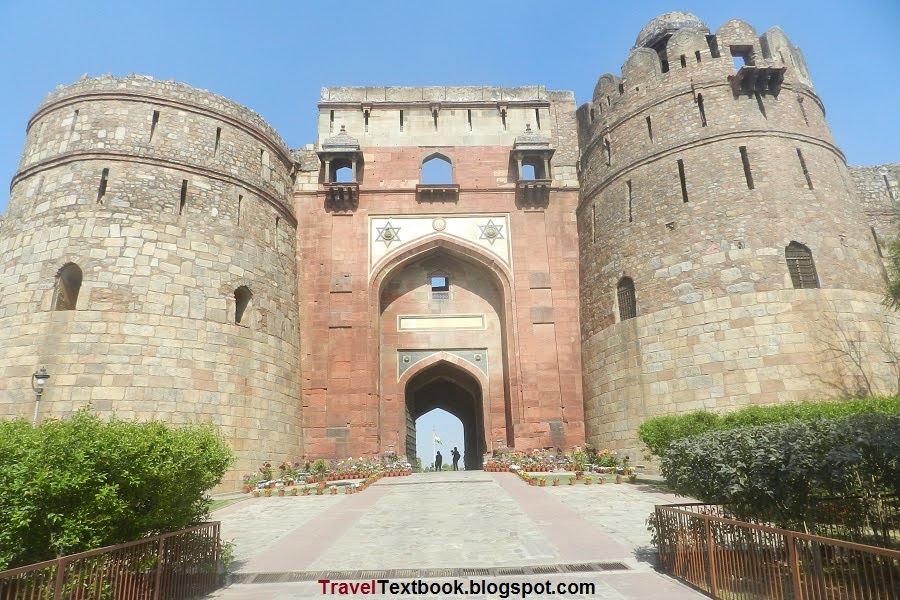

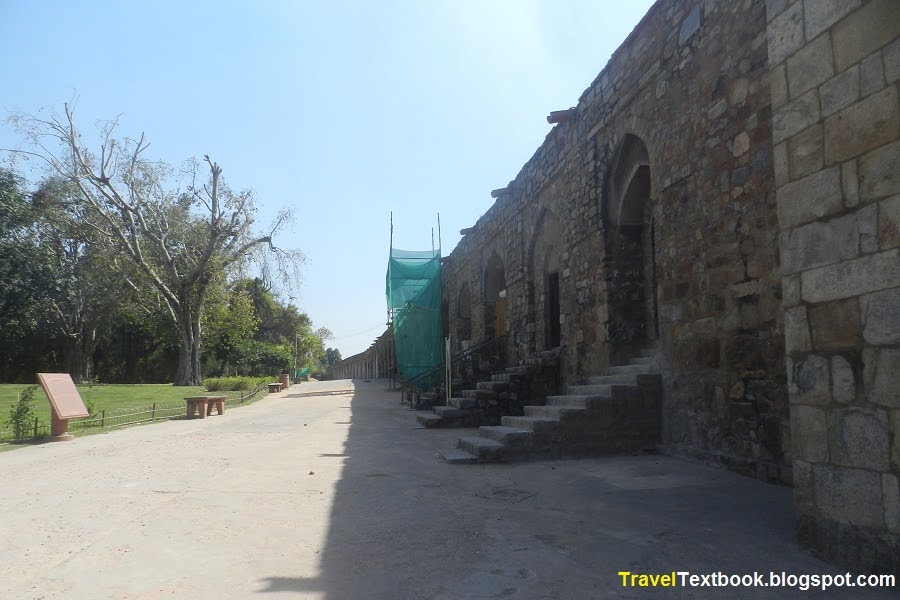

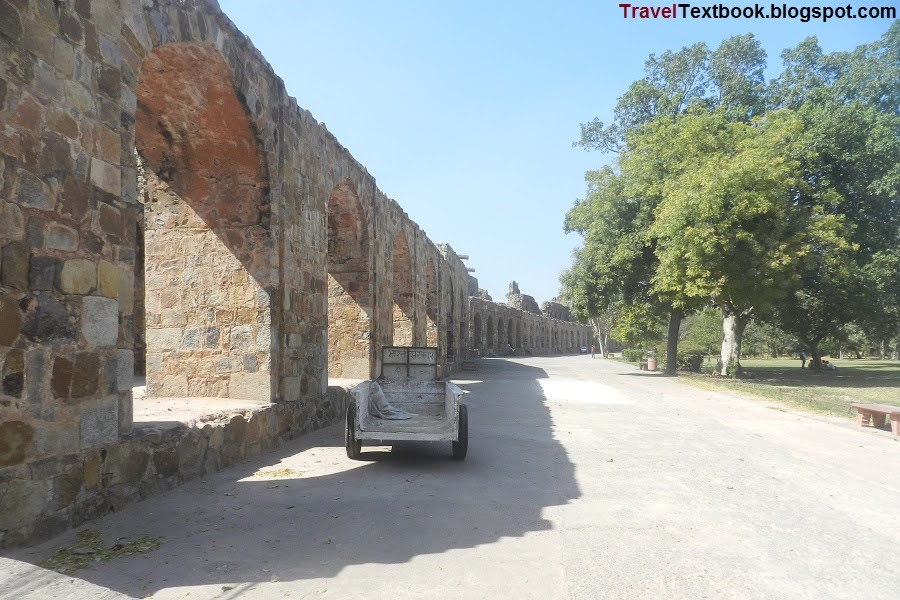


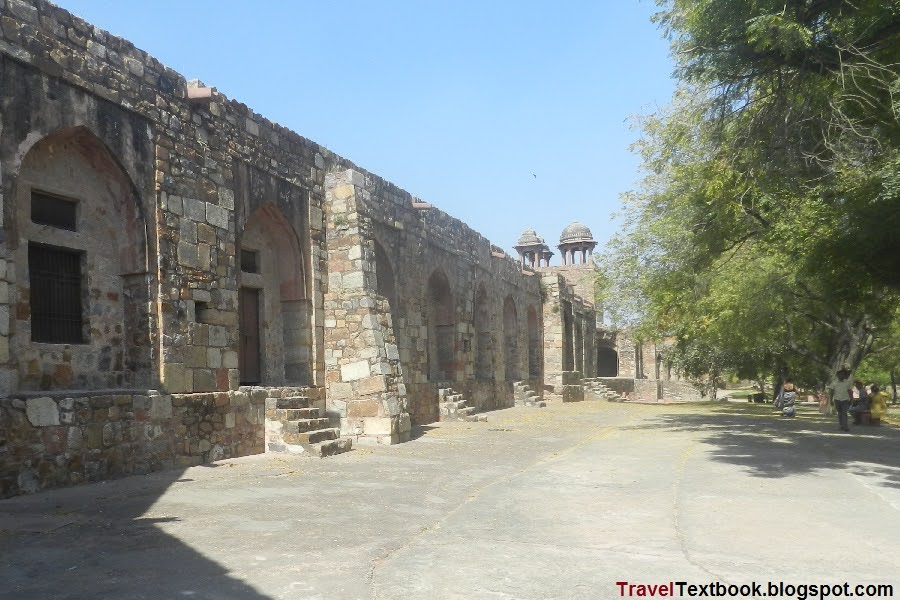
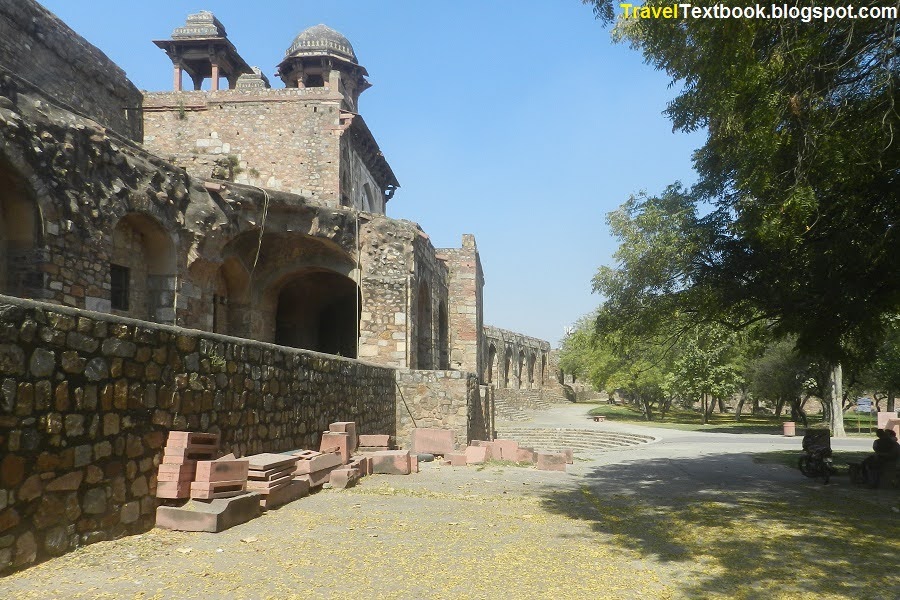

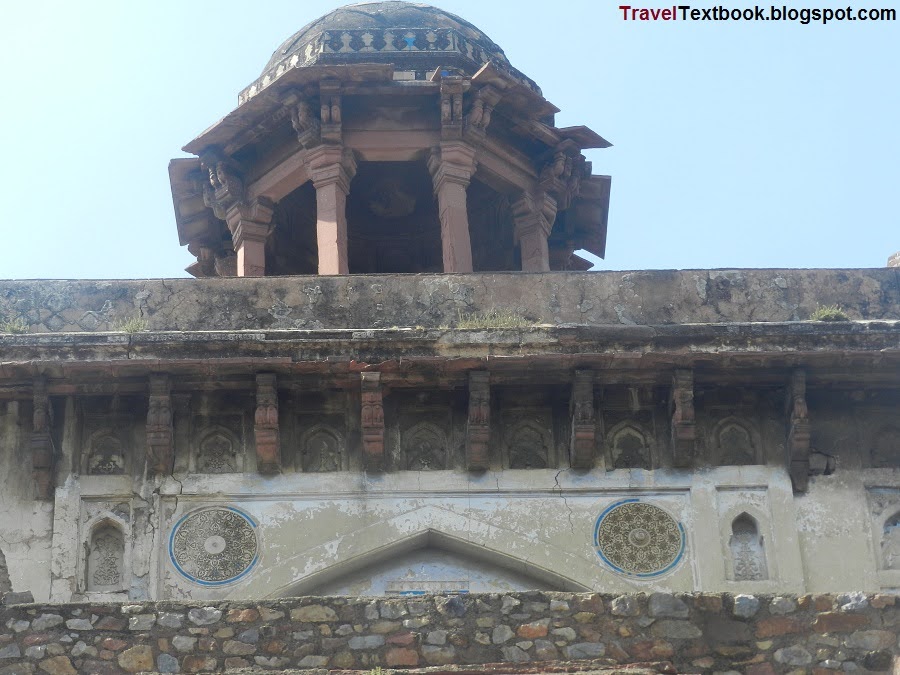

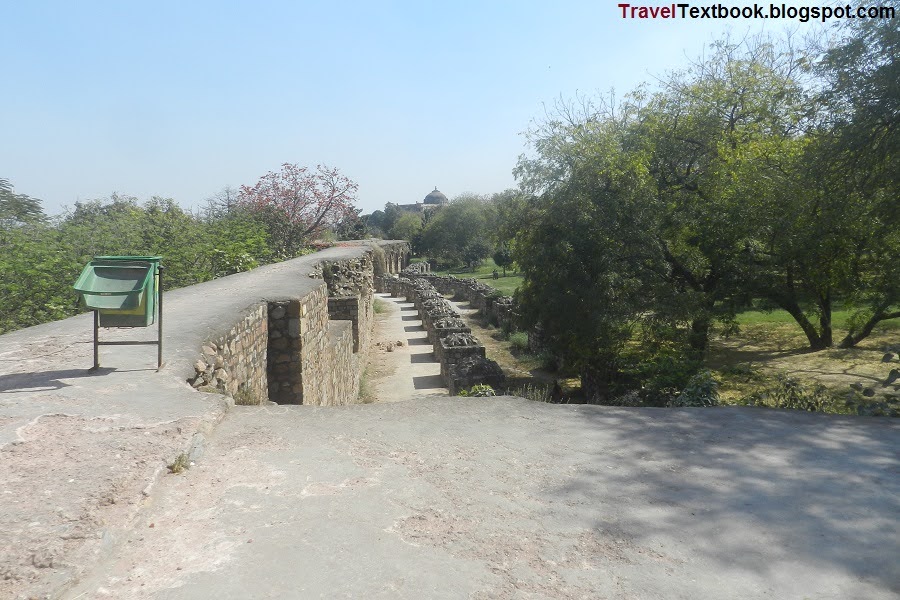



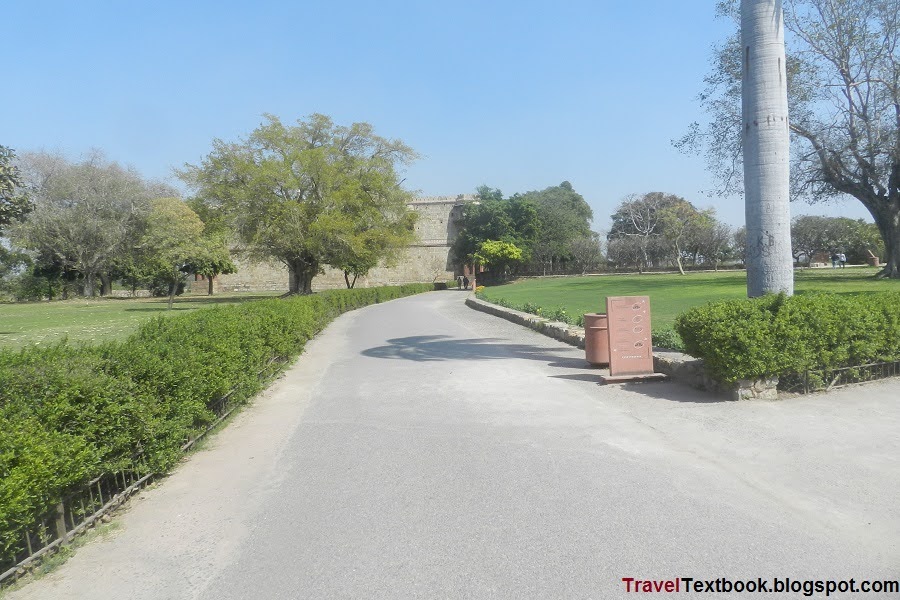

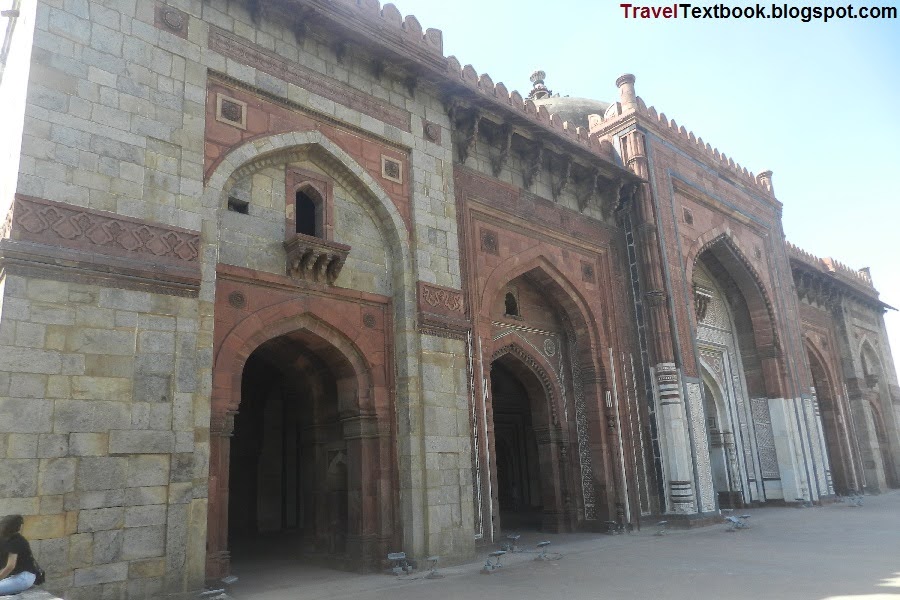
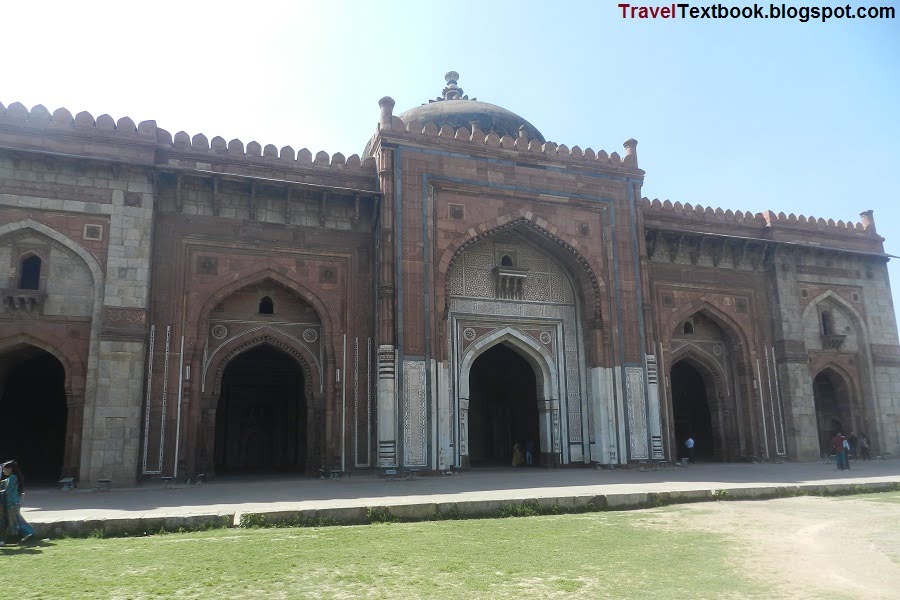


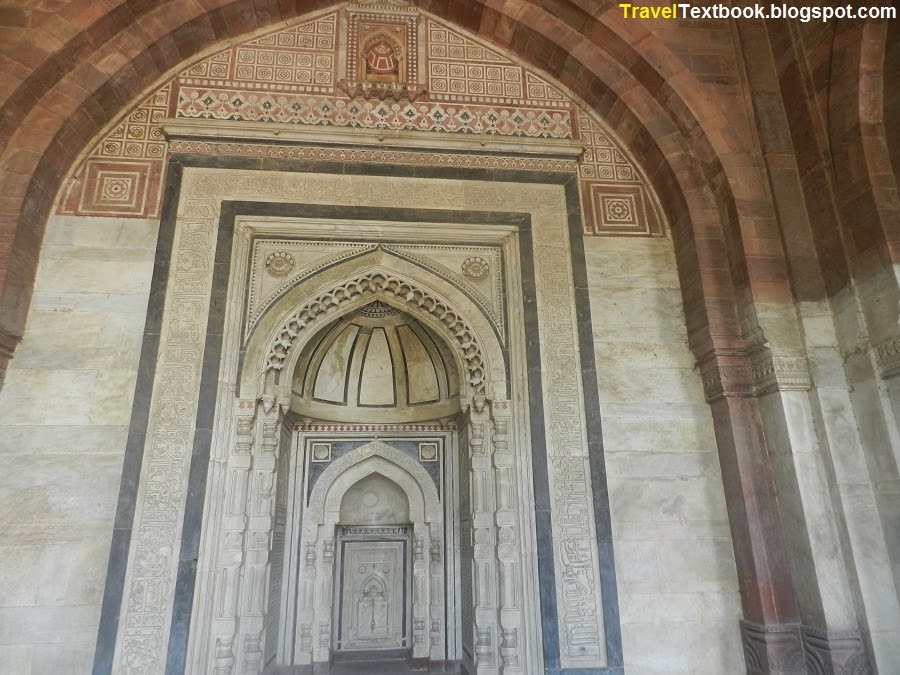
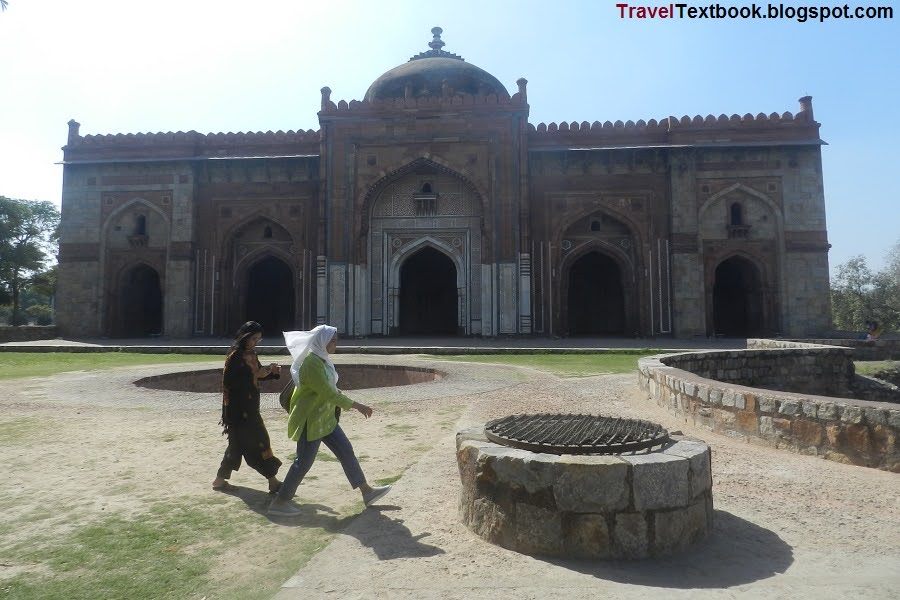

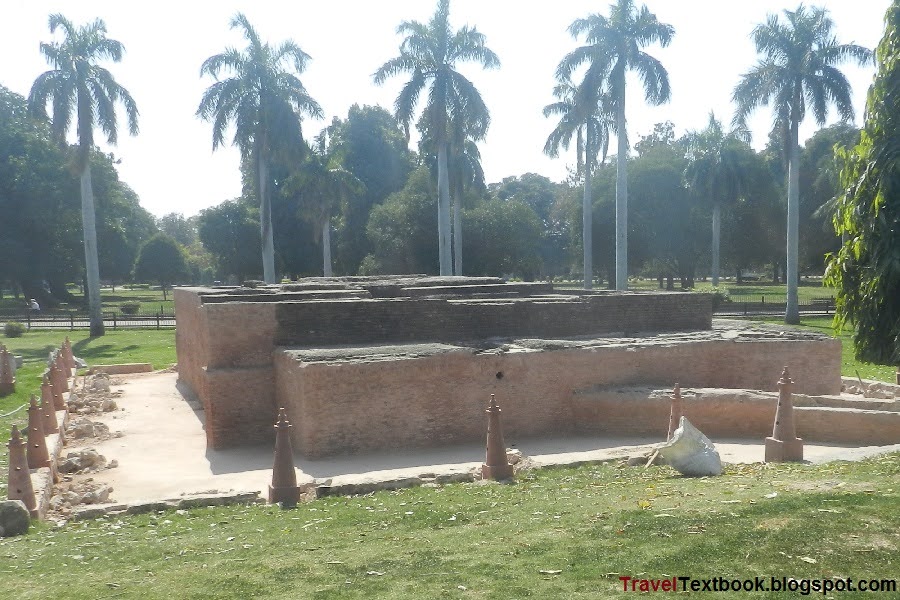



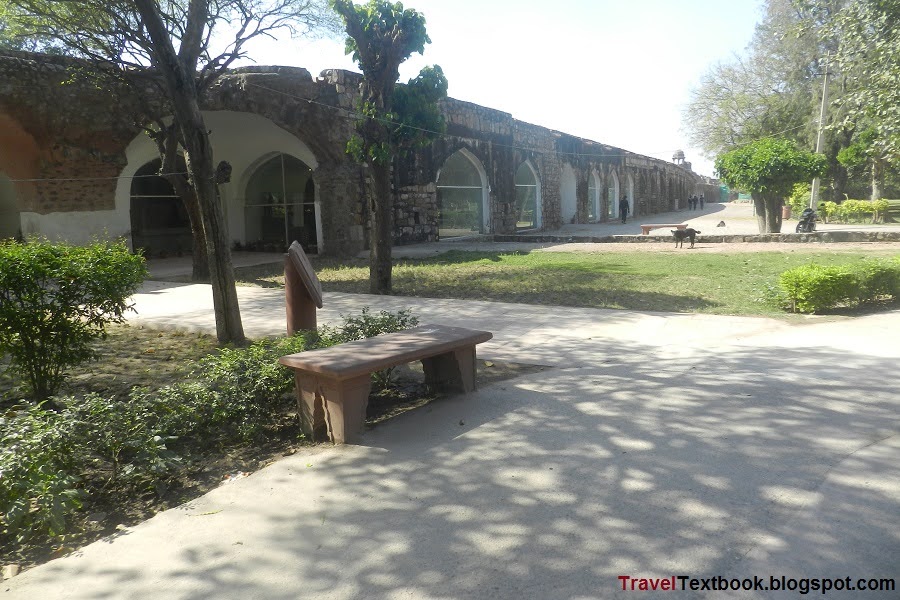
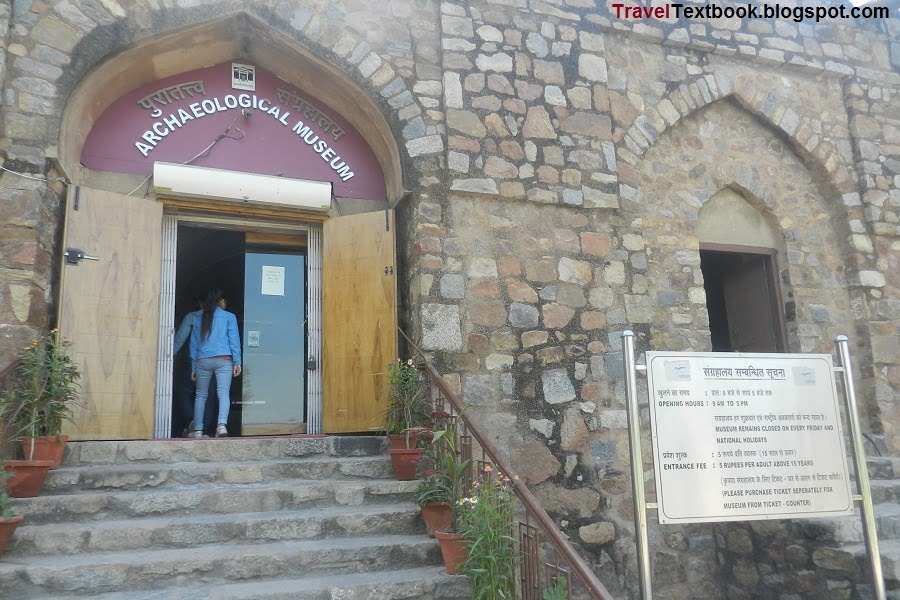
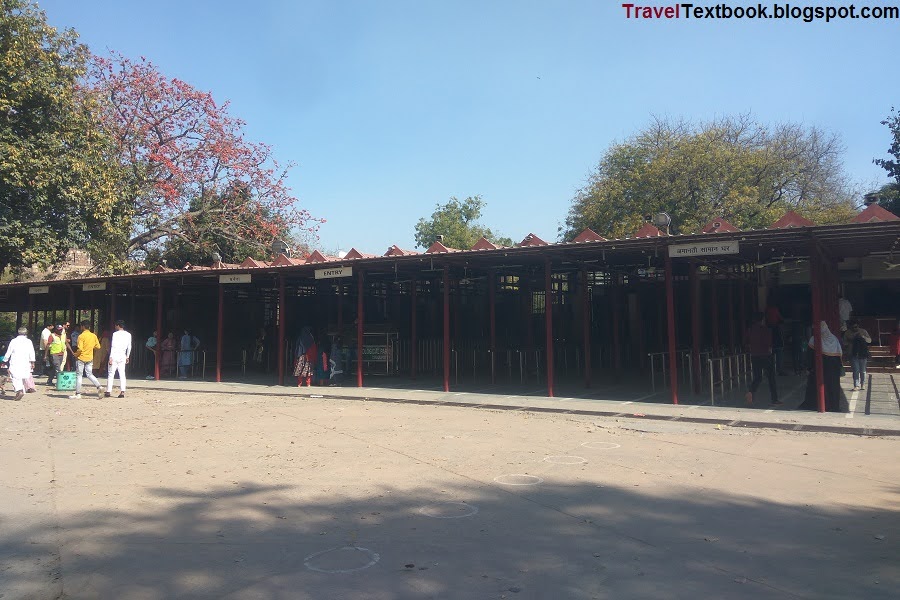


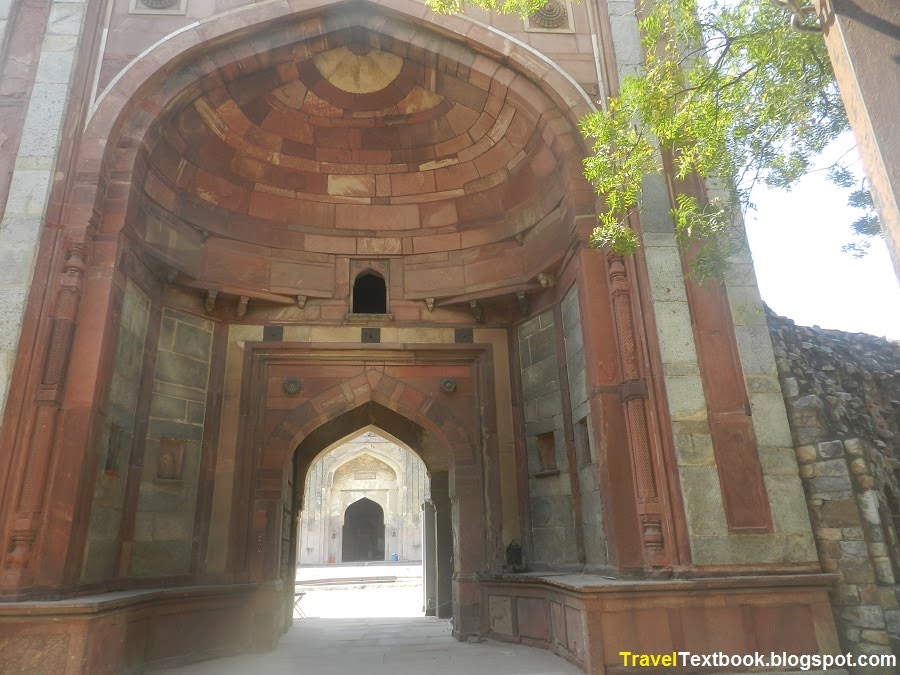
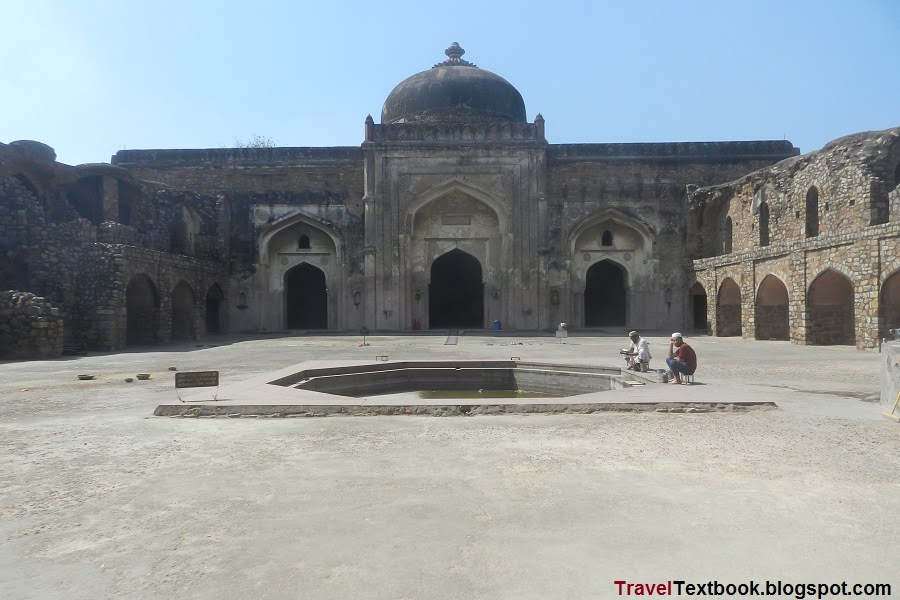
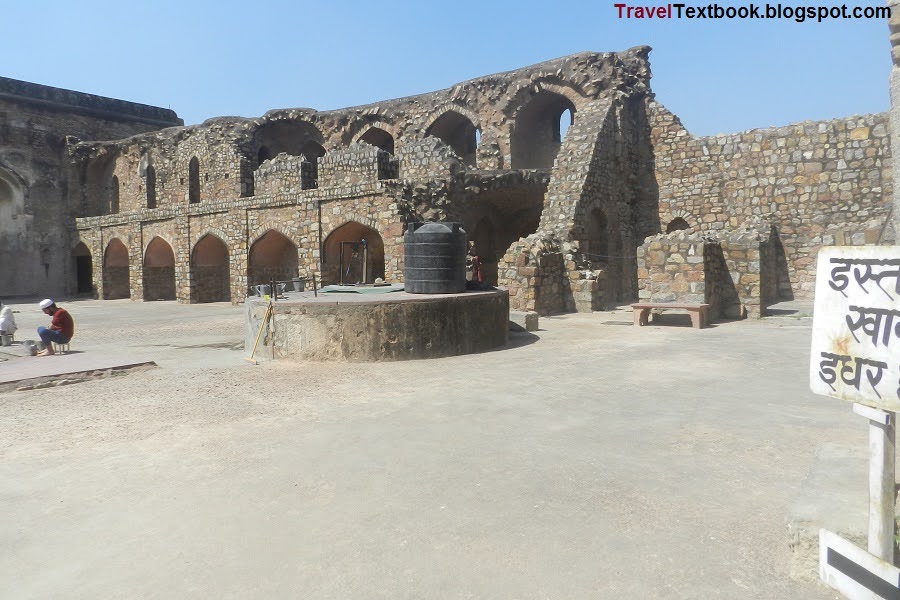
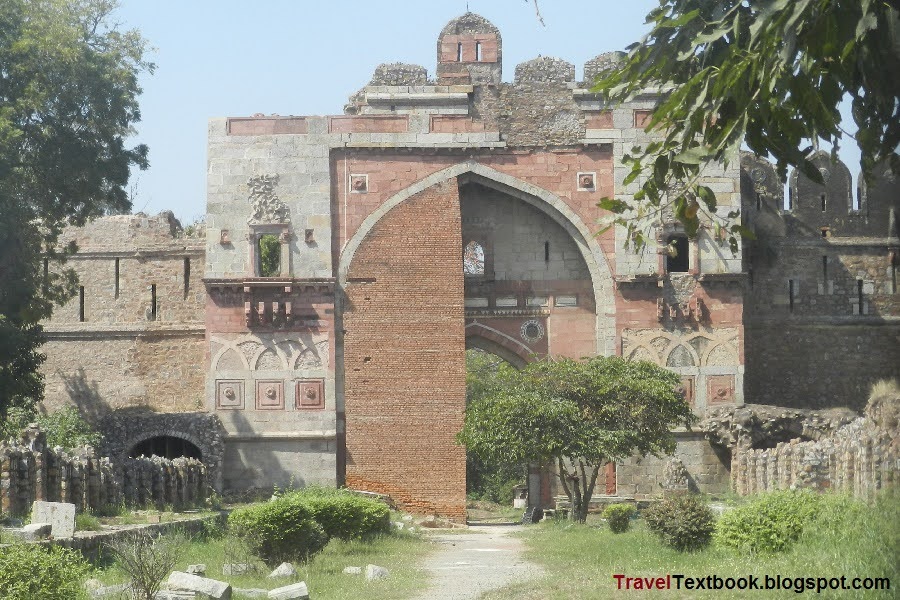

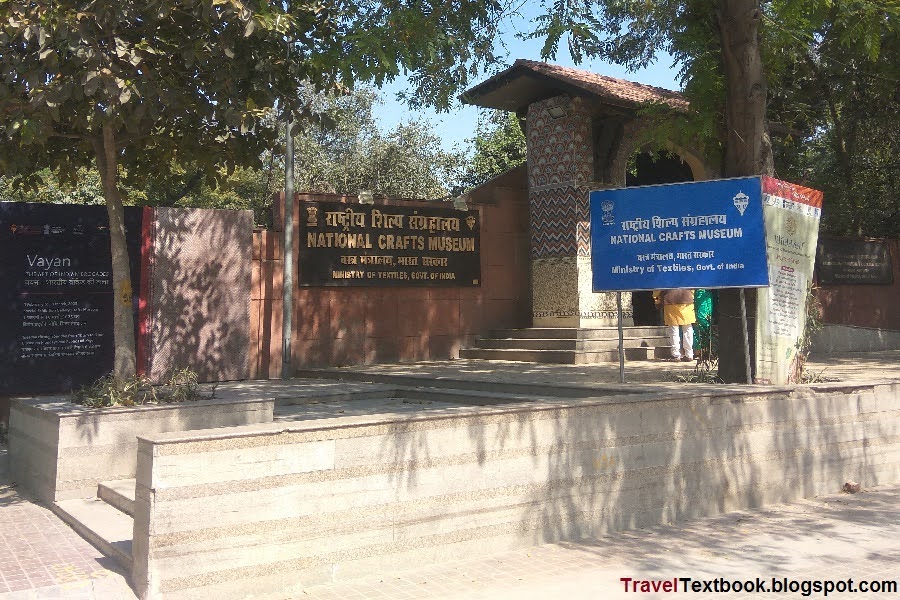
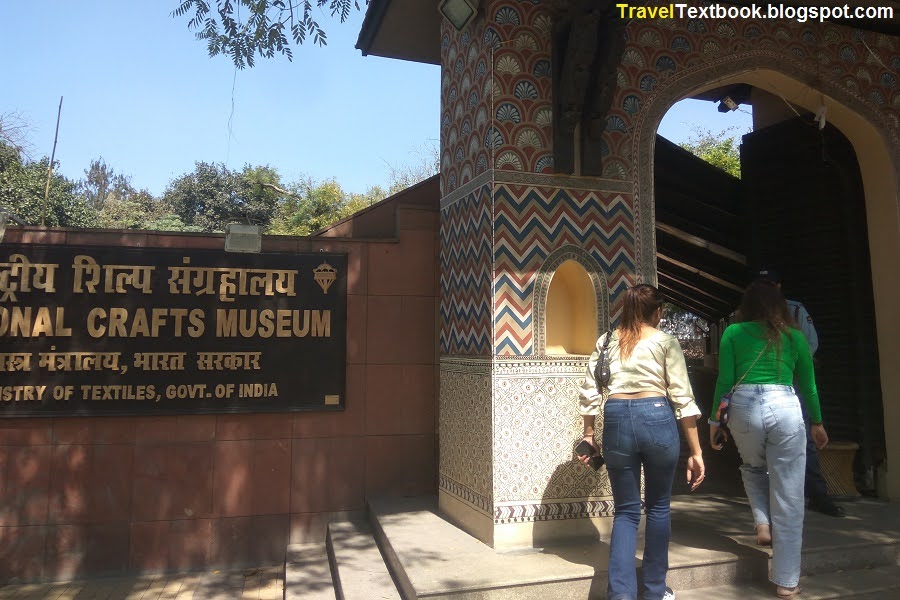
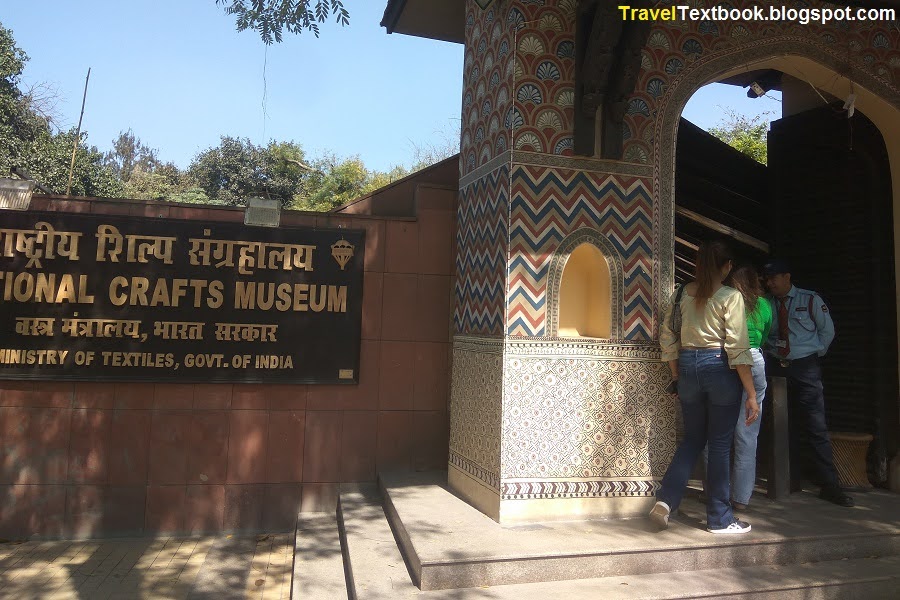

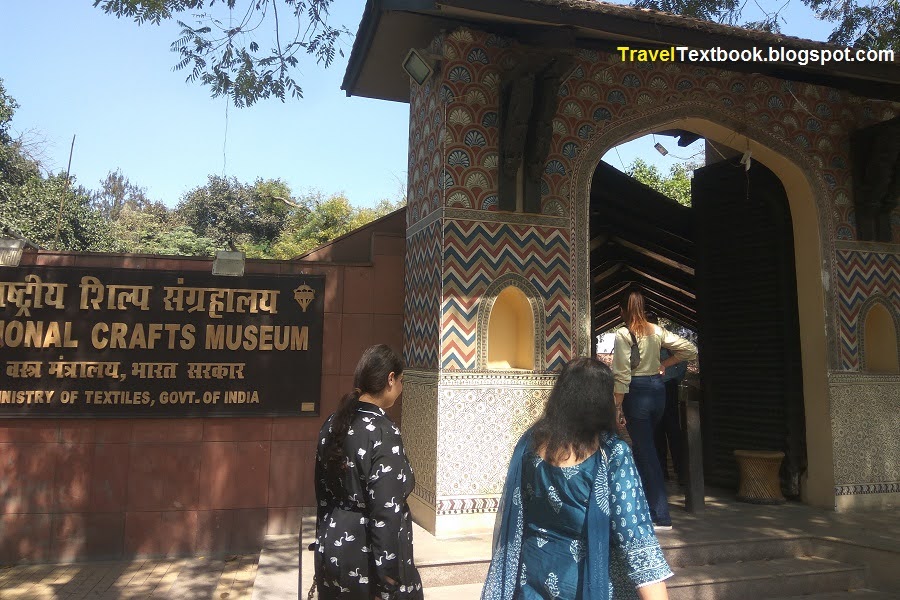
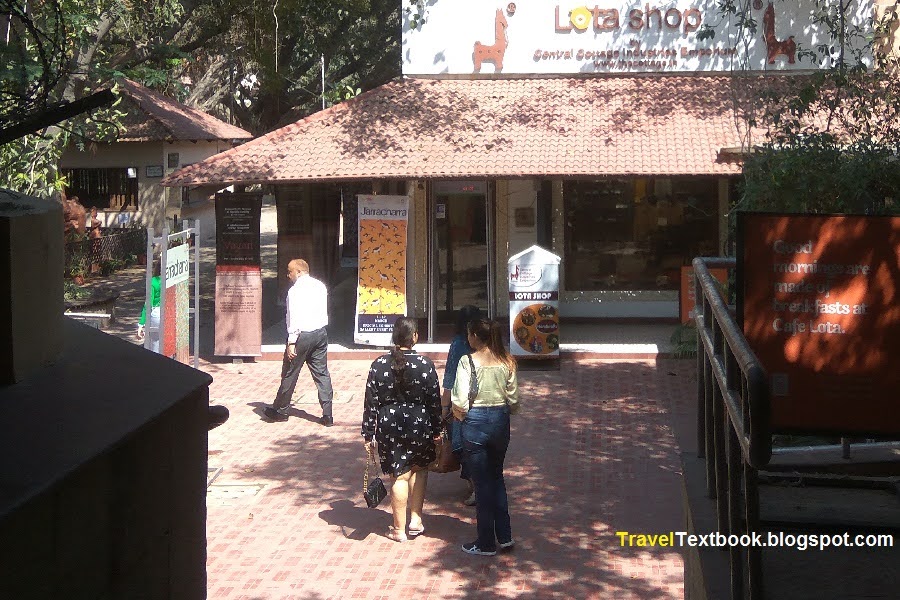
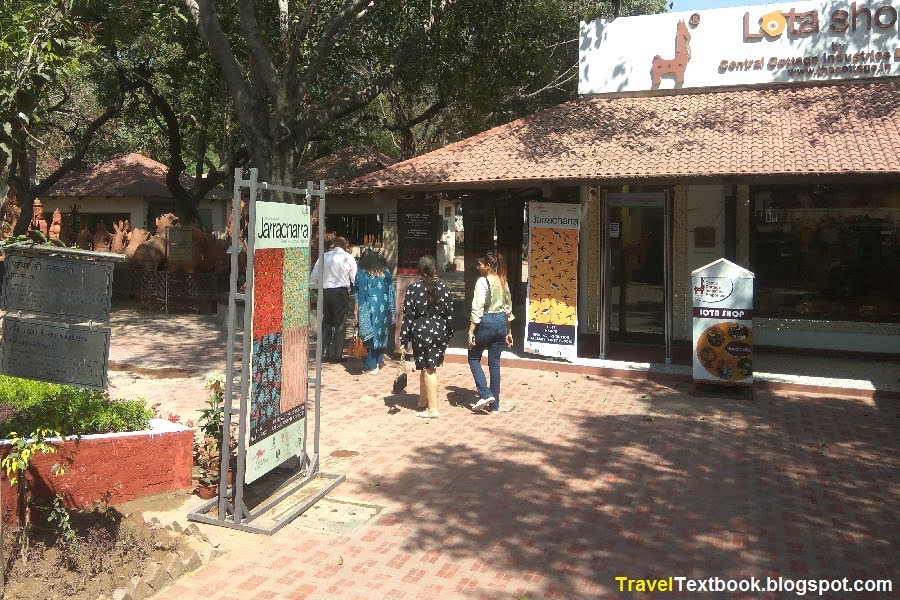
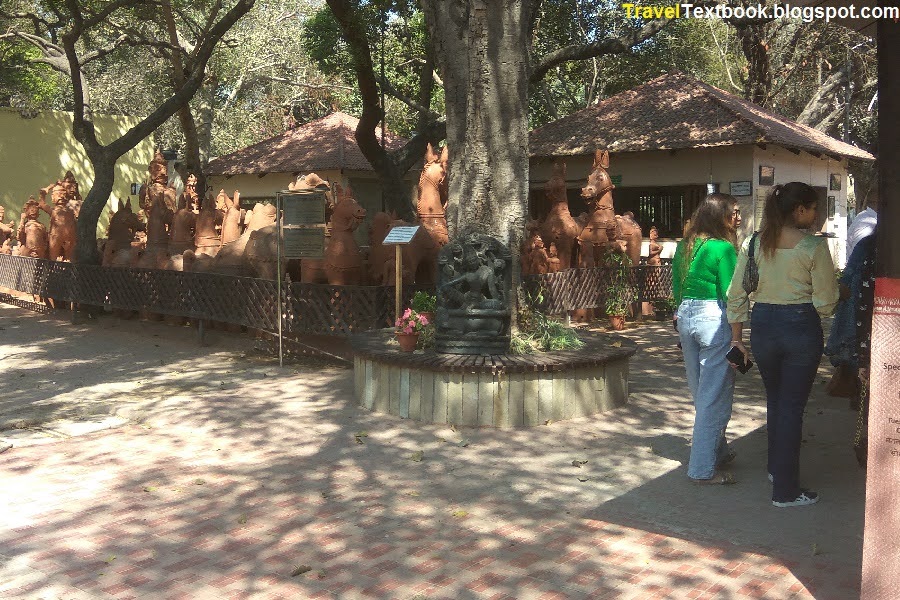
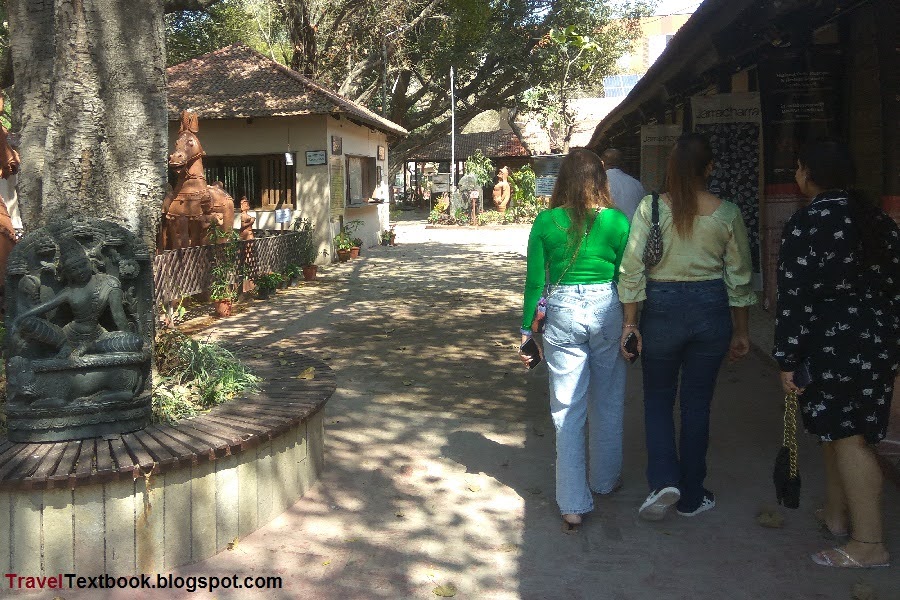
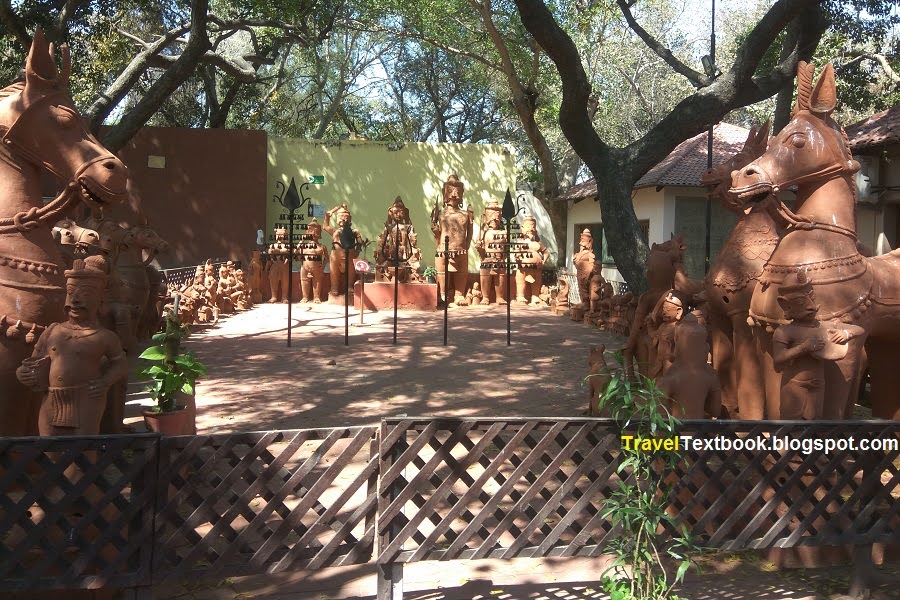

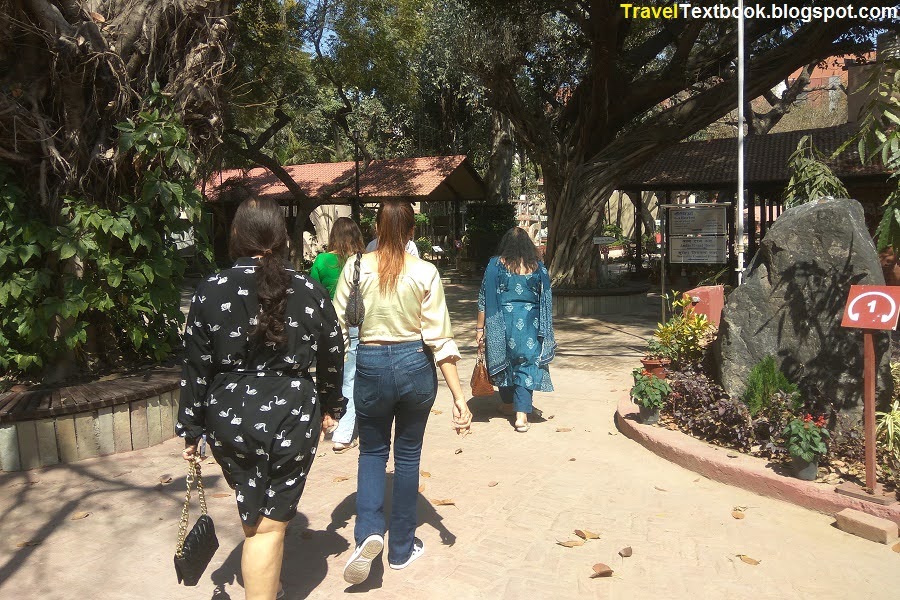



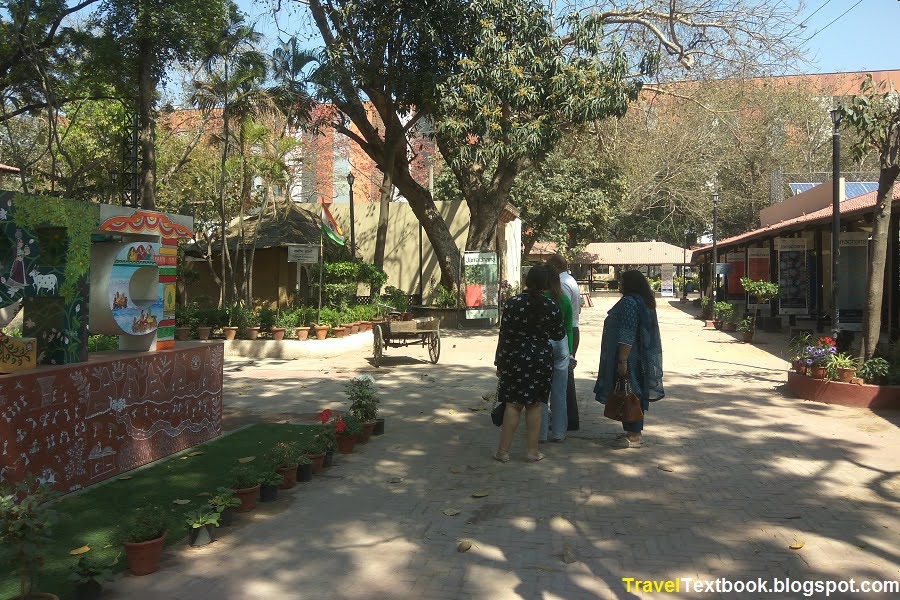

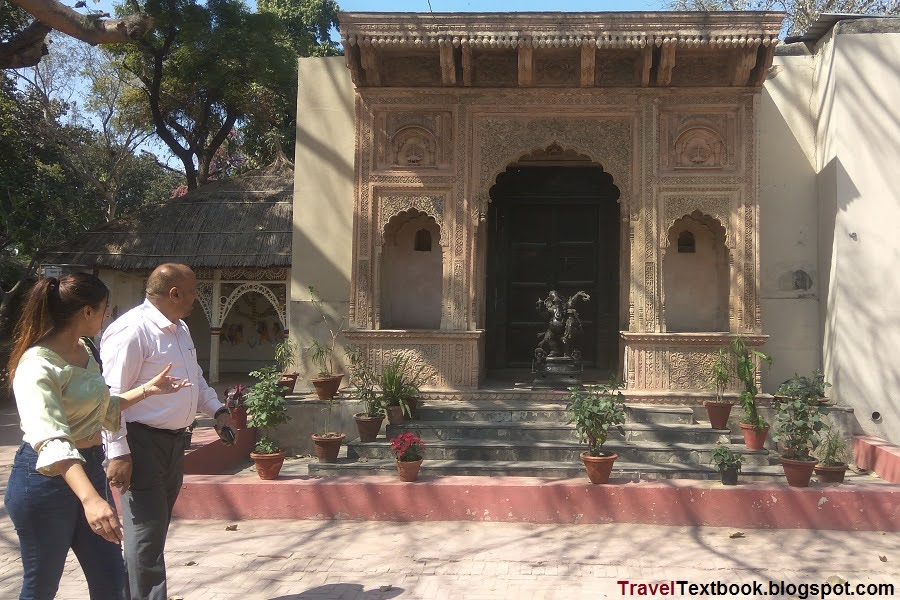

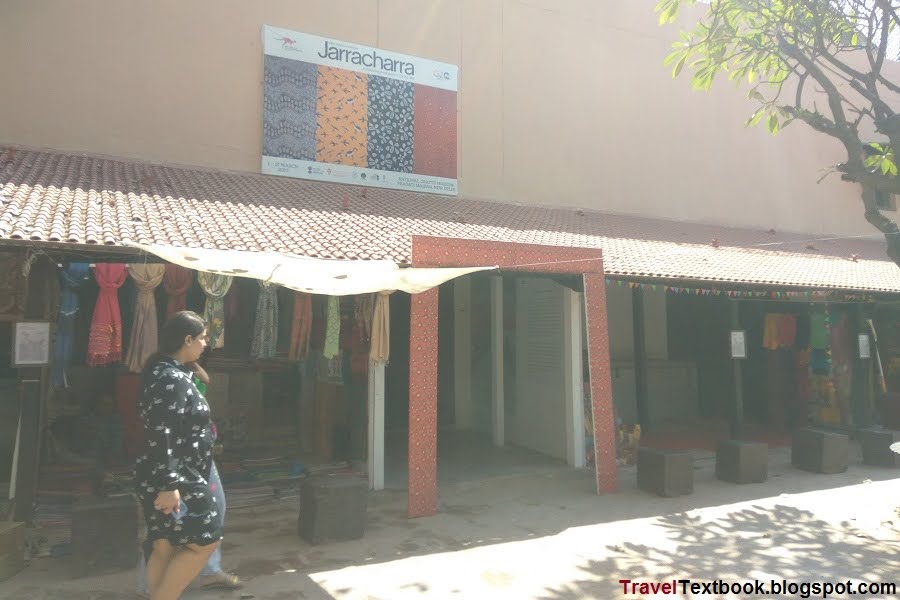
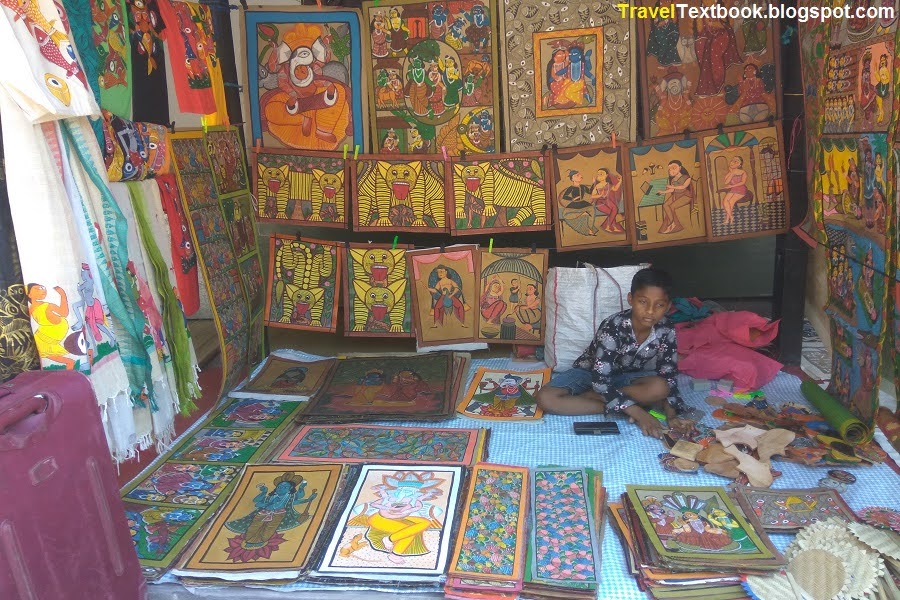
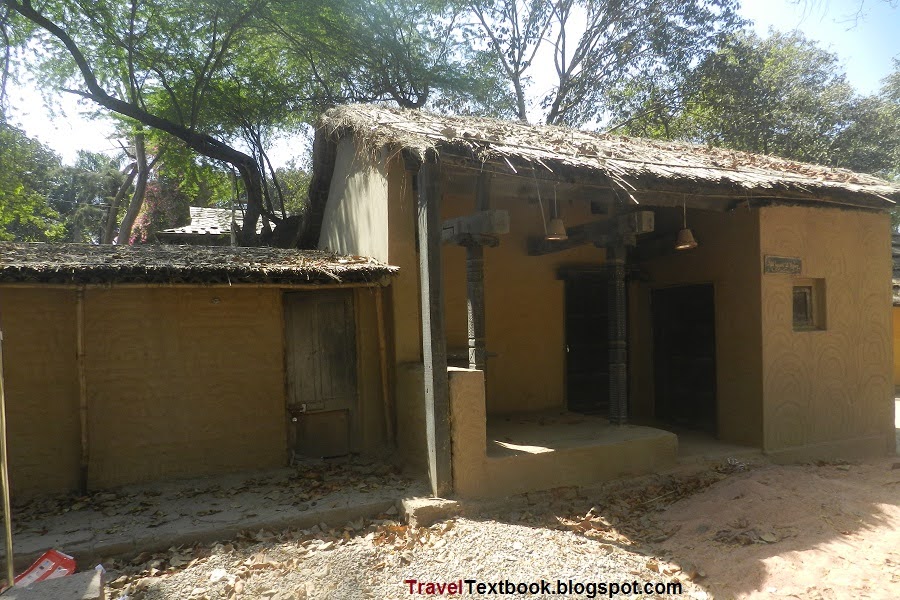
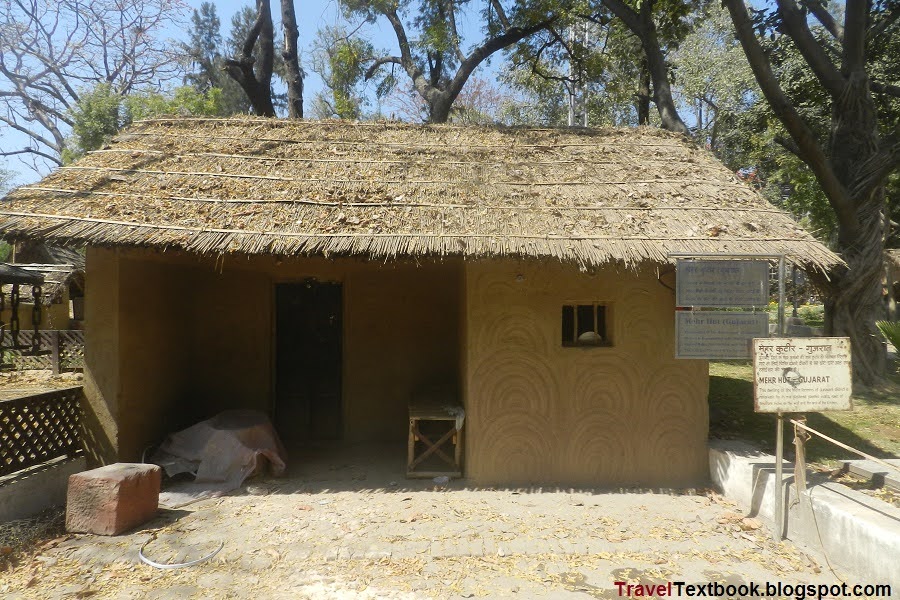
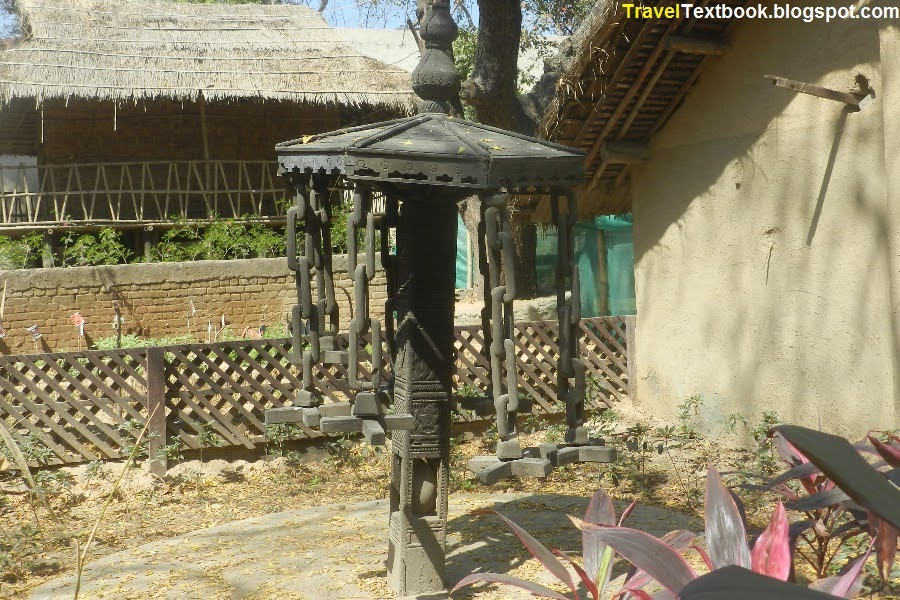
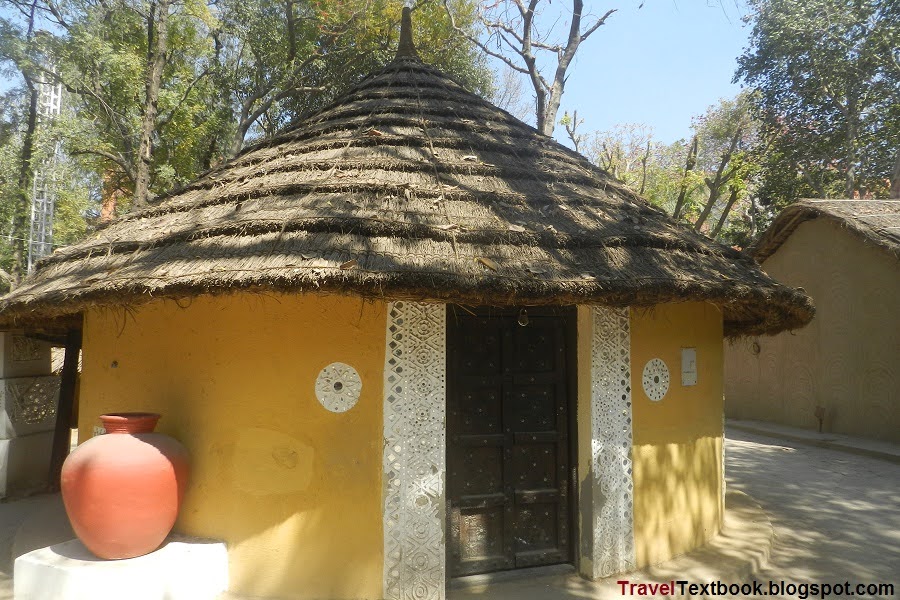


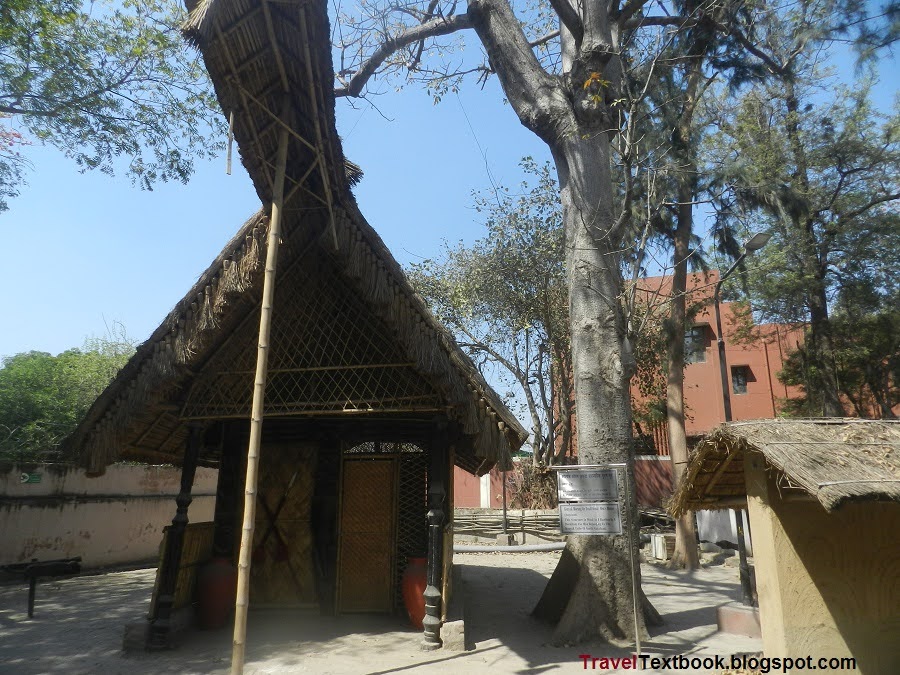
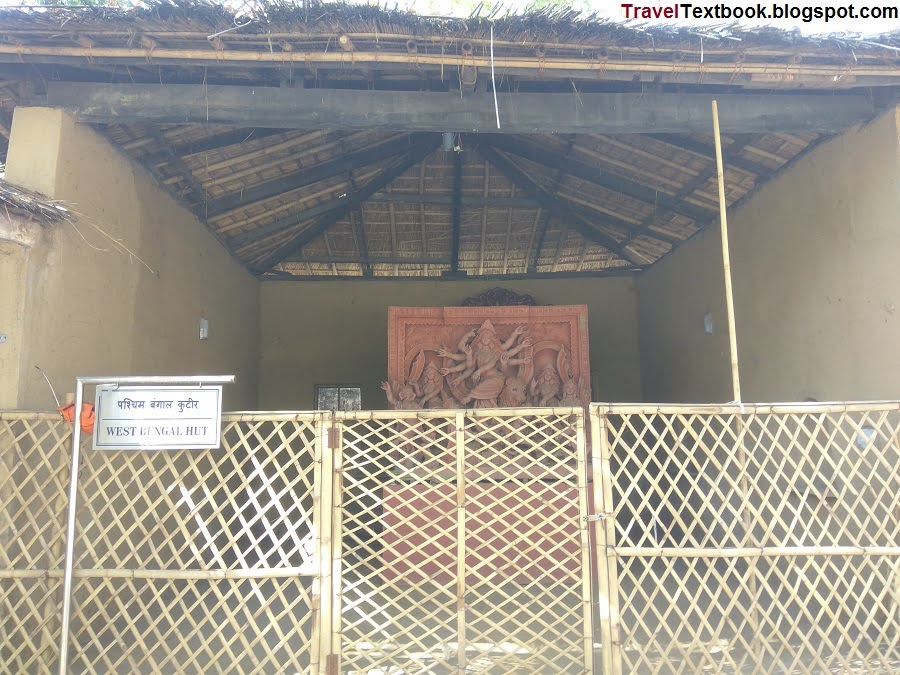


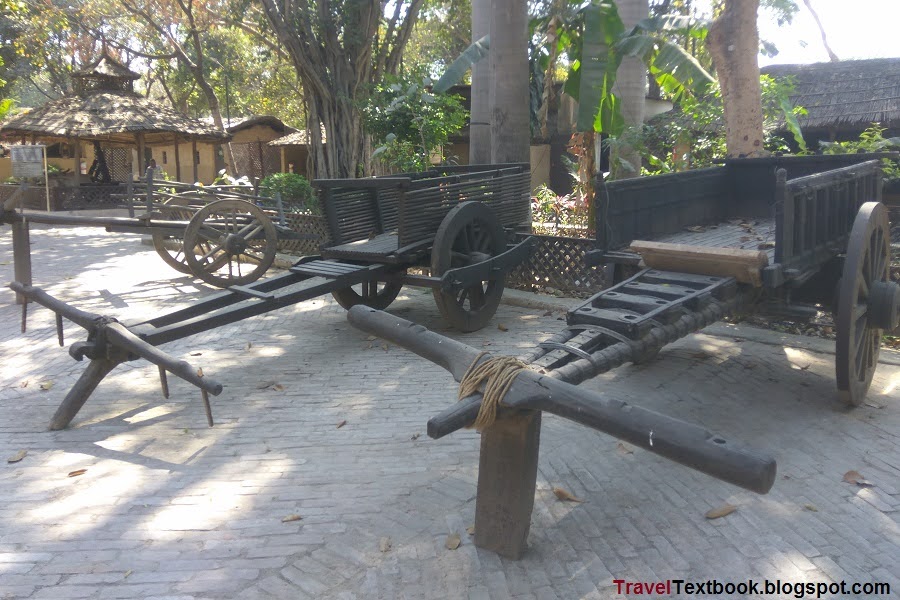

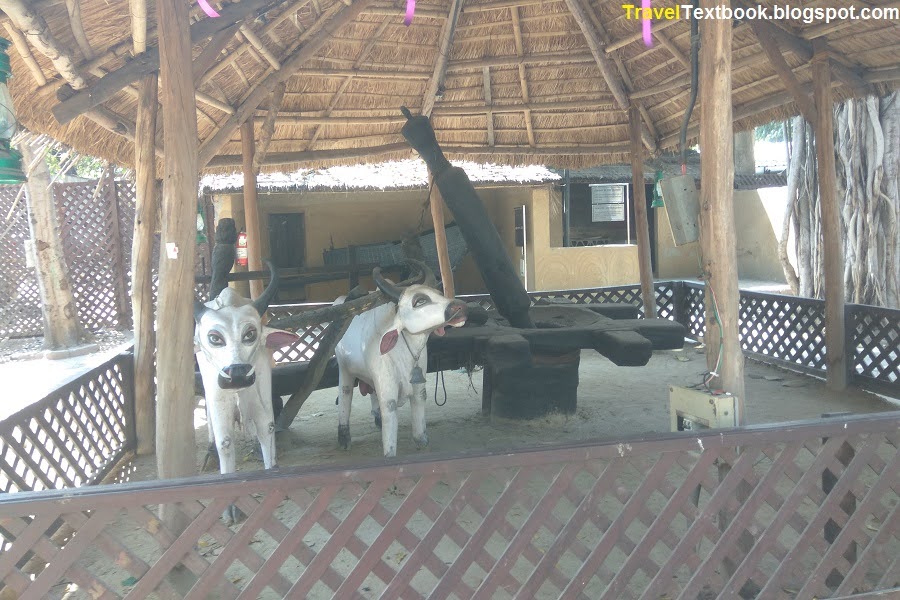
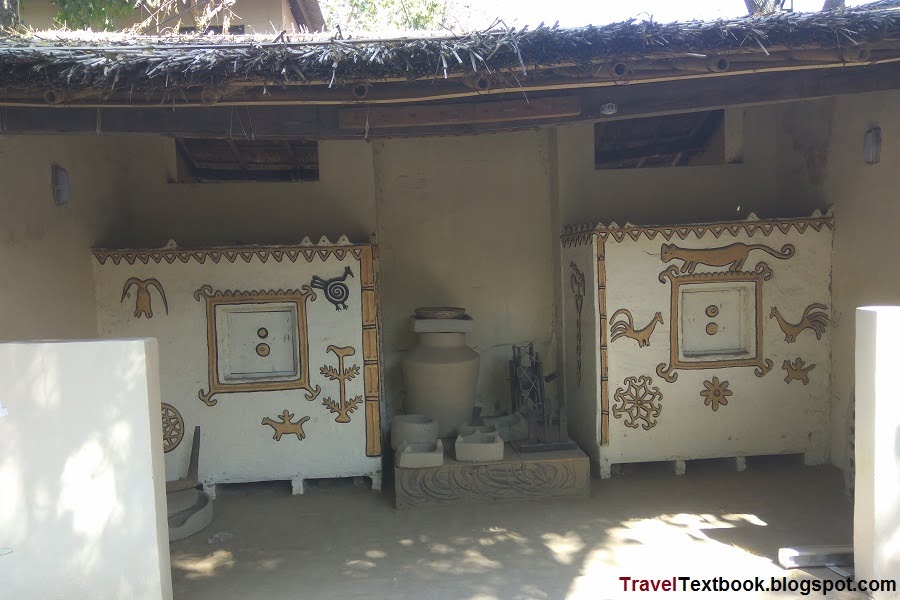




No comments:
Post a Comment